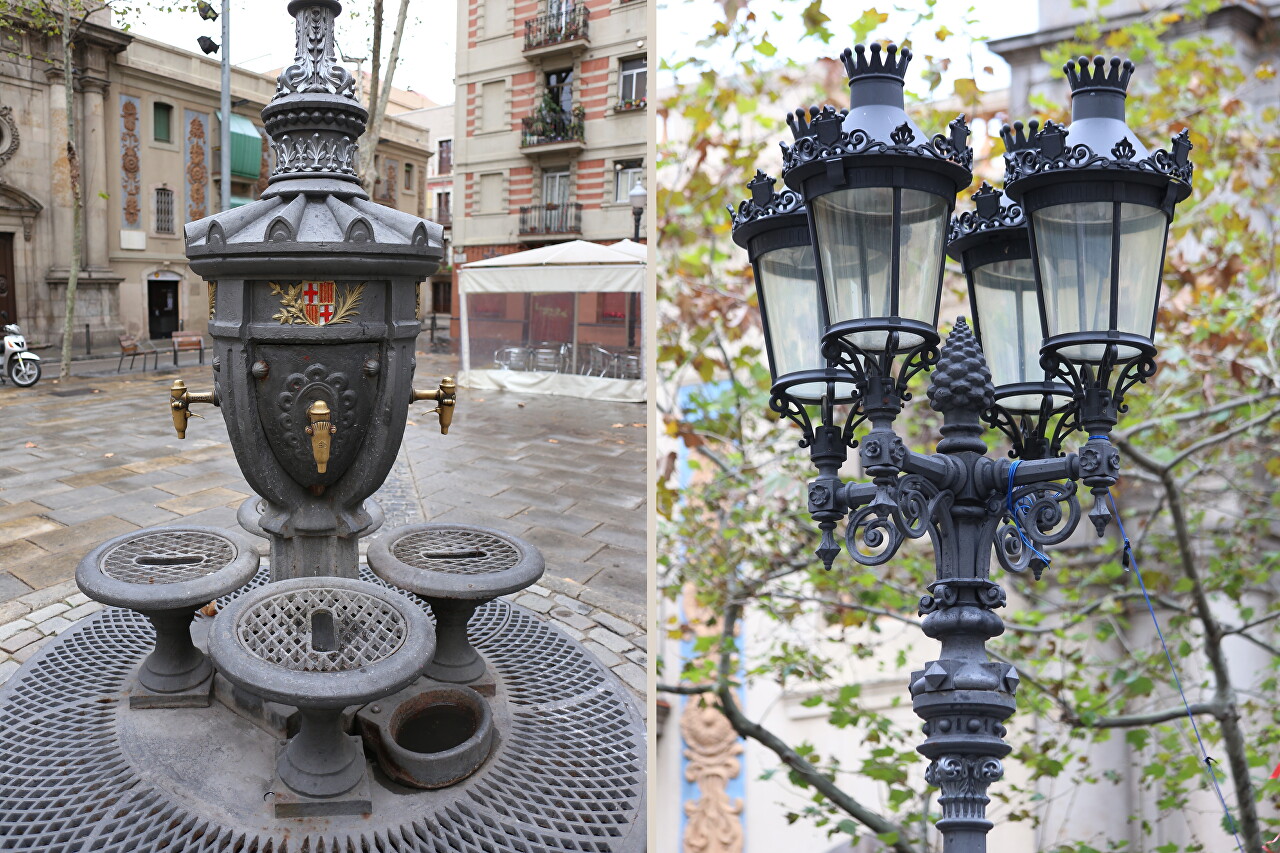Plaça de la Barceloneta
I ended my walk around Barceloneta in the square of the same name, which, according to the development plan of the 18th century, this square was the center of the new district.
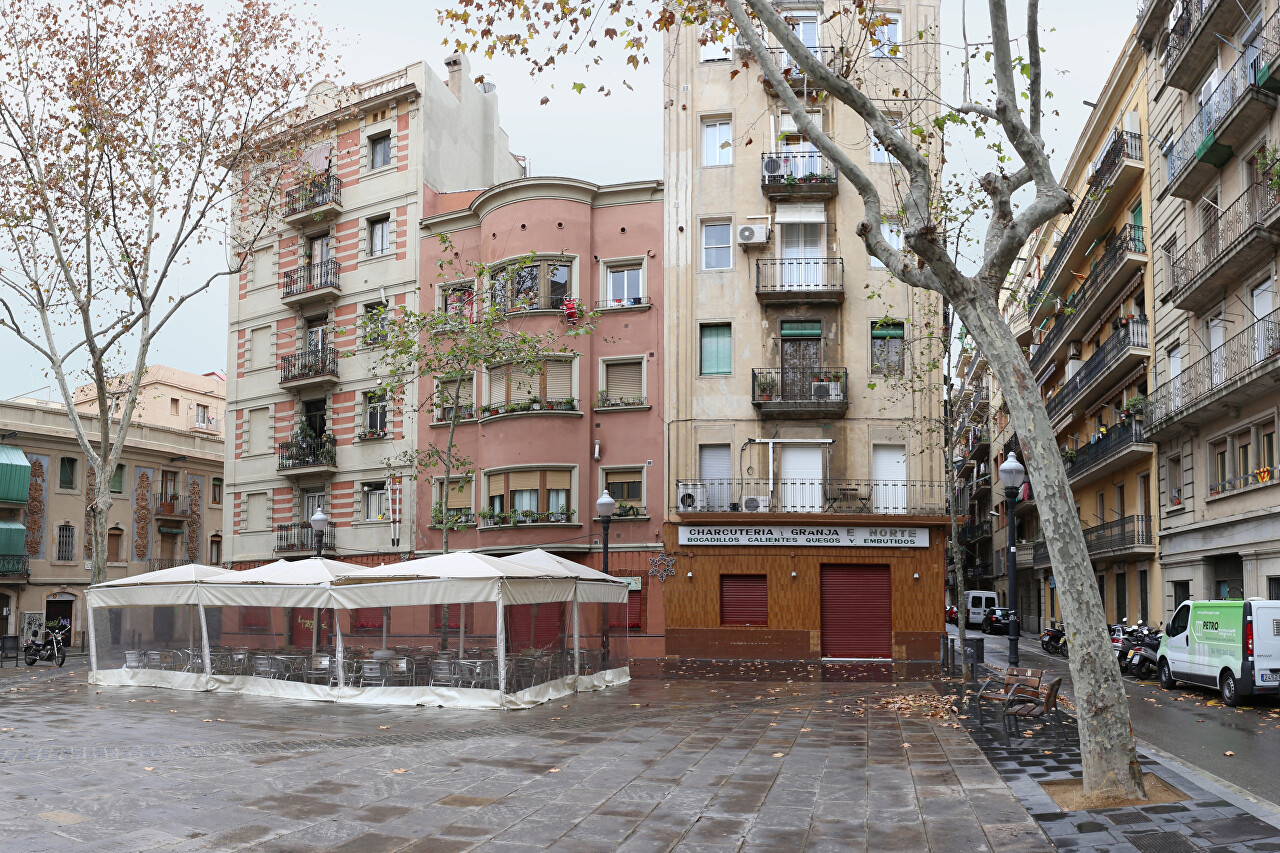
The dominant element of the square is the Church of San Miguel, named after the patron saint of sailors, as most of the area's residents were sailors, port workers, and shipbuilders. I will tell you about it in the next article.
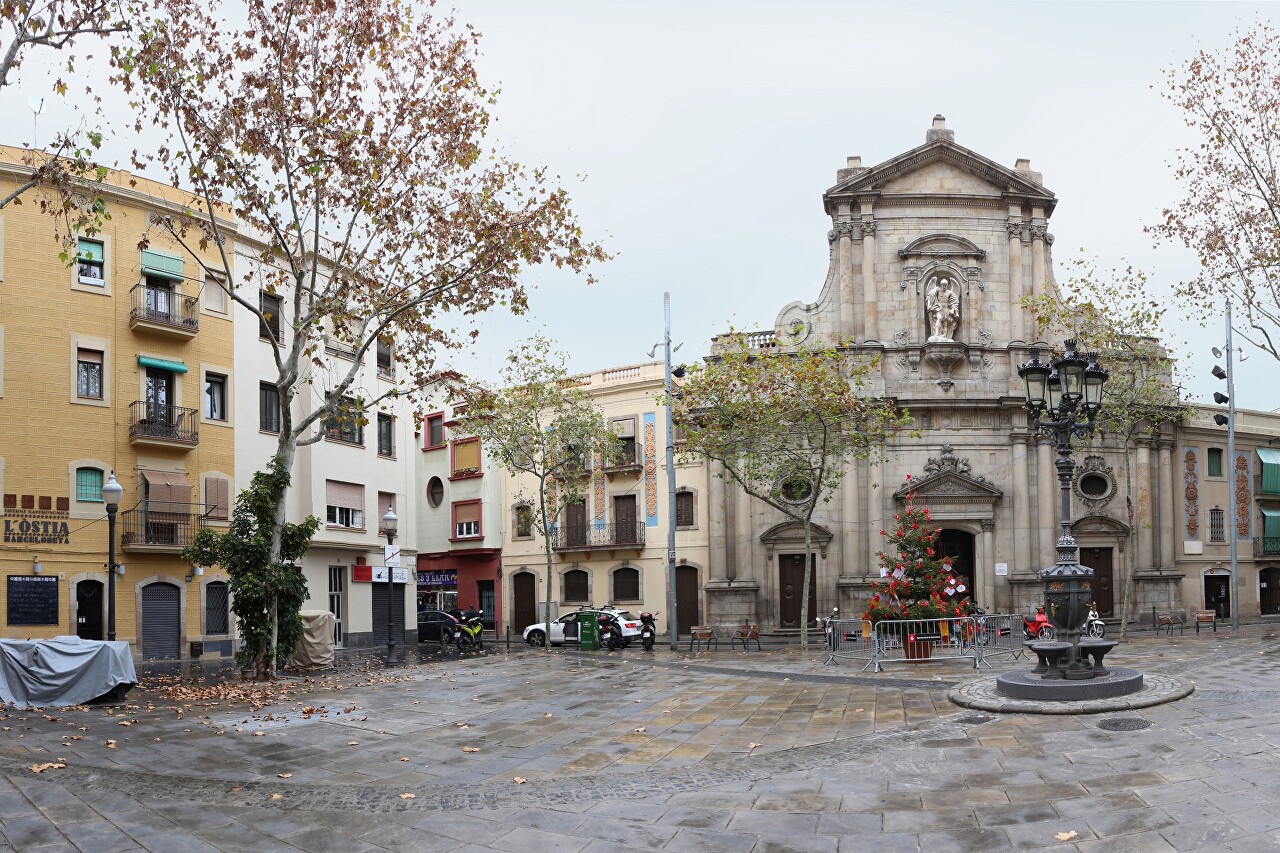
In addition to the center of religious services, the square had the necessary infrastructure for everyday life: there was a school, doctor's and surgeon's offices, and a pharmacy. On the left side of the square there was a hotel that was considered one of the best in the city. In the late 19th and early 20th centuries, the area experienced rapid urbanization and two-story houses of the 18th century were replaced by large apartment buildings.
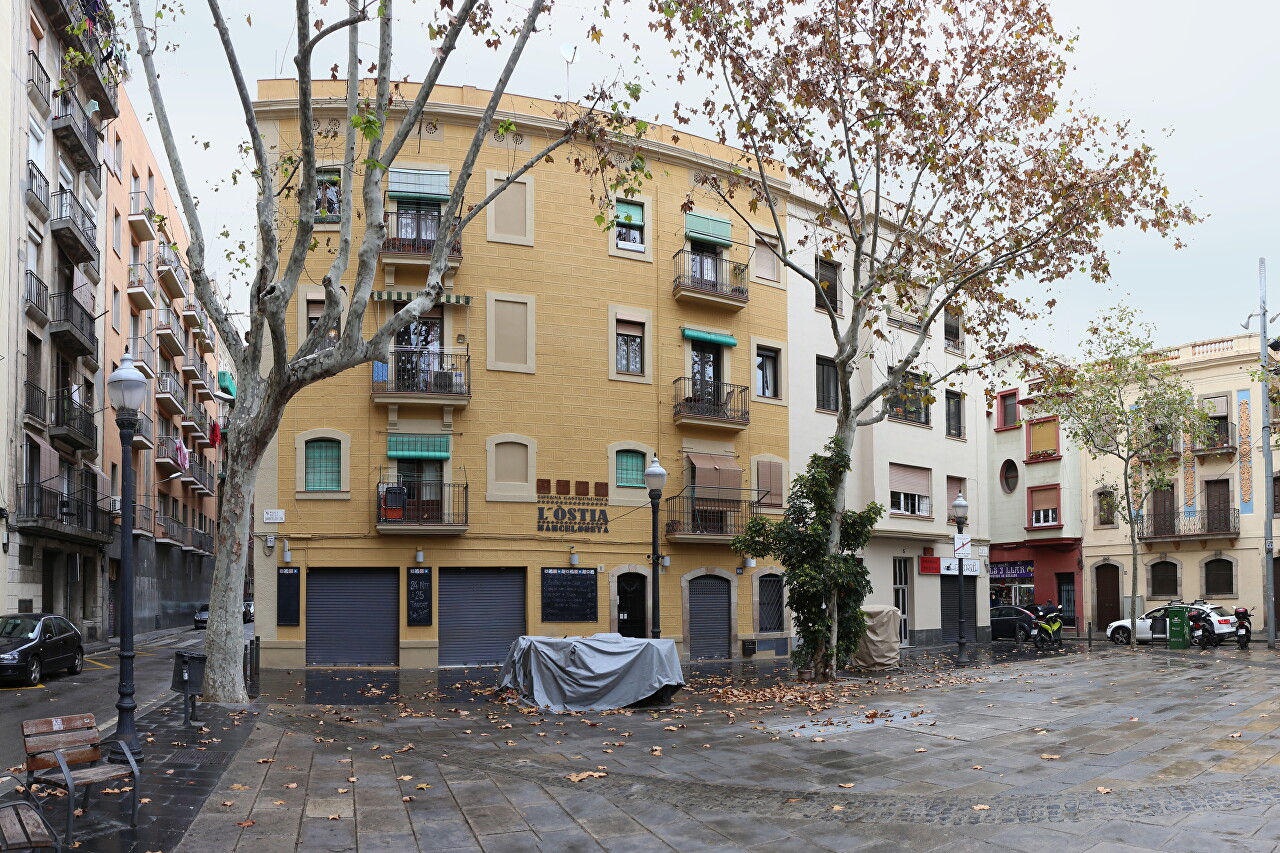
From the original building, only two very similar houses have been preserved, which are closely adjacent to the church on both sides. In fact, the houses only have a similar window shape and terracotta panels, again with different patterns. The house to the left of the church is higher and has a balustrade on the eaves of the roof.
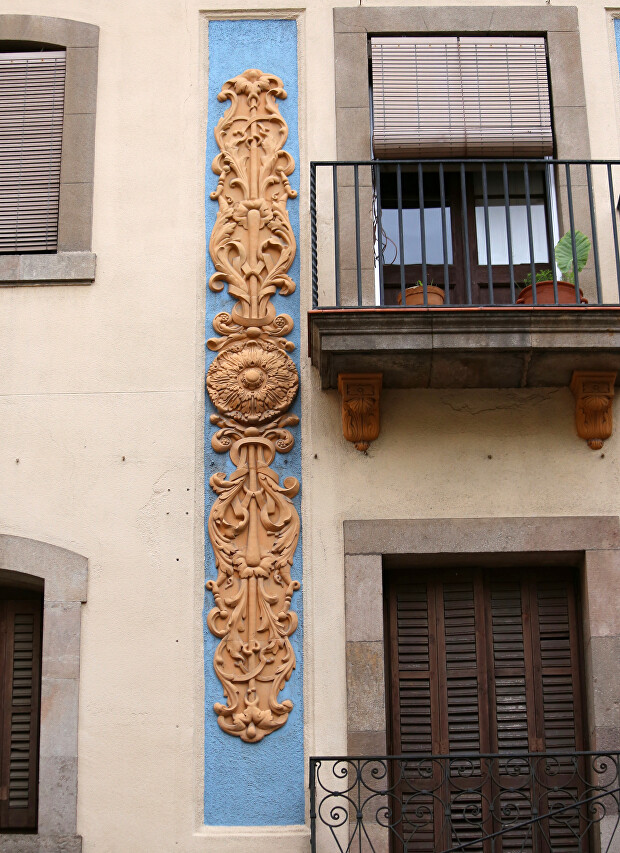
The house to the right of the church was occupied from 1842 to 1848 by Vicomte Ferdinand de Lesseps, then Consul of France. However, Lepsses gained worldwide fame not as a diplomat, but as an entrepreneur who received a concession for the construction of the Suez Canal and successfully implemented this project. In his old age, Lepsses attempted to repeat his success in Panama, but the venture ended in failure and a lawsuit.
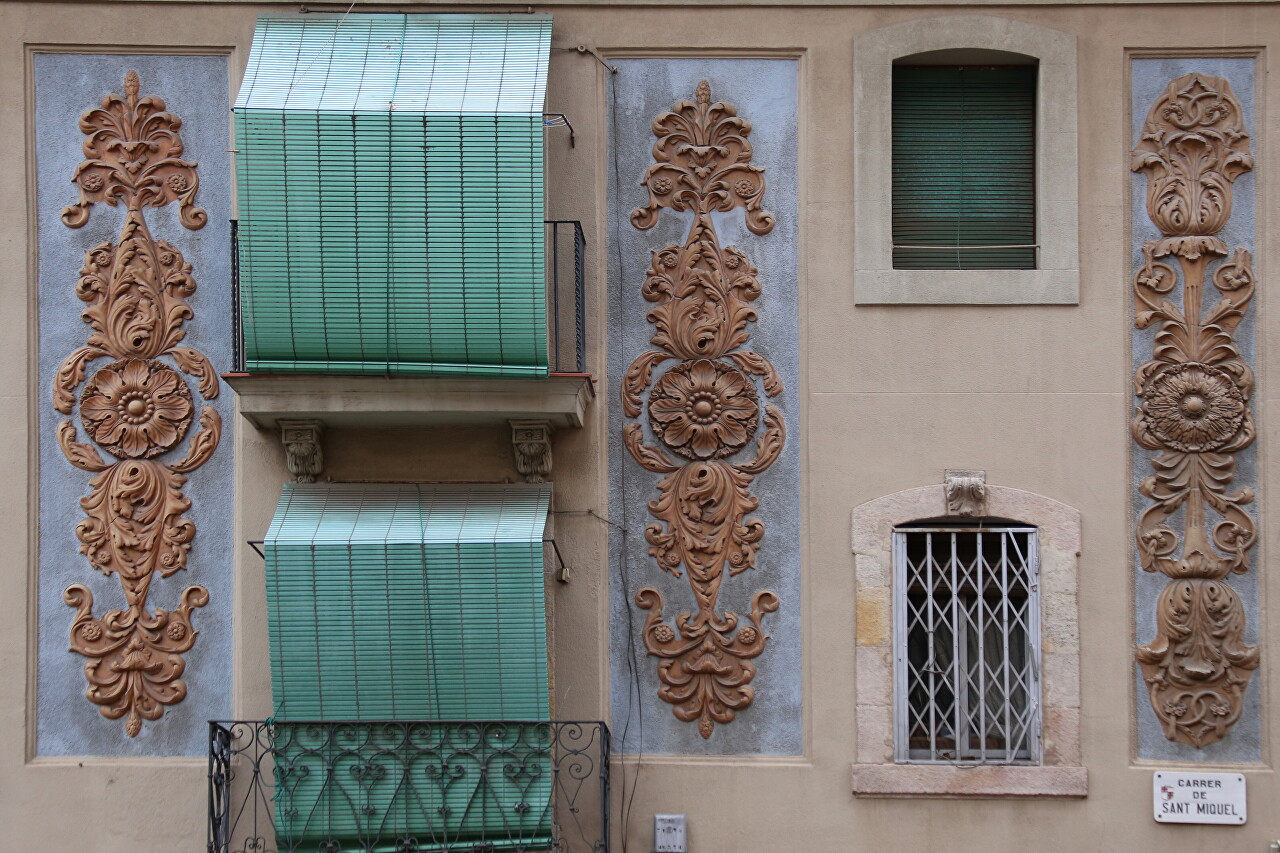
In the center of the square, there is a beautiful water spring, topped by a lamppost, made of cast iron in the "Parisian" style (actually Catalan modernism). This is one of four drinking fountains installed in 1892 in different parts of the city. The project was designed by renowned architect Pere Falqués.
